BOOK OF THE WEEK
- 13 Jan - 19 Jan, 2024
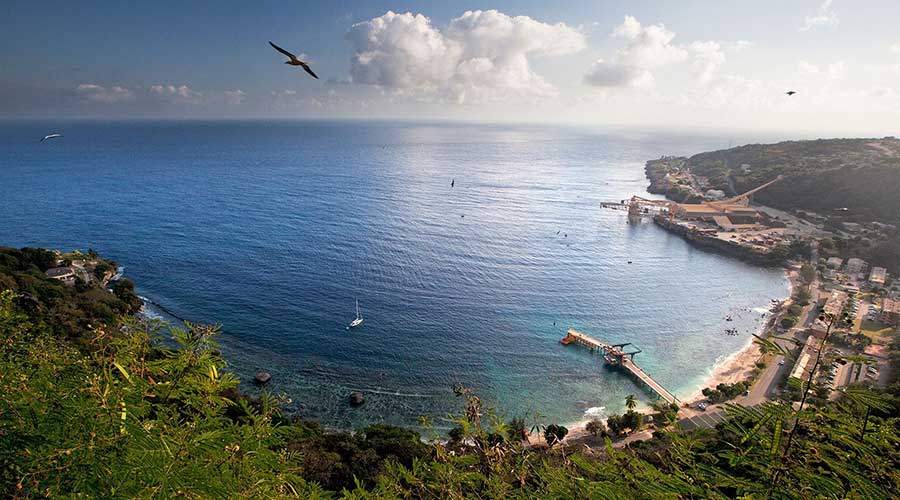
Captain William Mynors on the East India Company ship did not stop at the Australian island, which owes its name to the date of its discovery. It was not until 44 years later that the first Europeans stepped on the Island.

The holiday has been celebrated officially in the United States since 1863. The first Thanksgiving is thought to have been observed by early settlers in the Massachusetts Bay Colony after their first harvest in 1621.

The country's independence came after four years of revolution. In August 1945, Sukarno signed the Proclamation of Indonesian Independence, which was formally accepted and recognised by the Dutch in 1949.
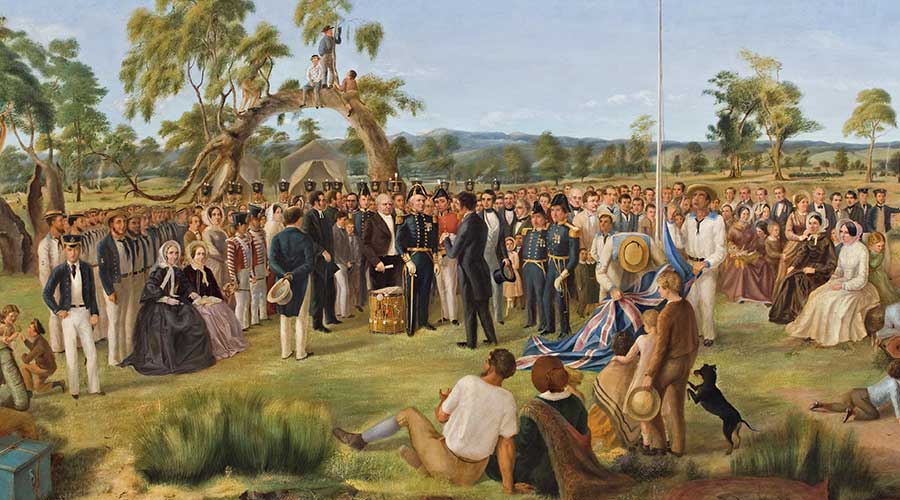
The central southern state was first established as a province in 1834 by the British Parliament under the South Australia Act. The day was observed as Proclamation Day in the state, which was later turned into an extra holiday after Christmas Day.
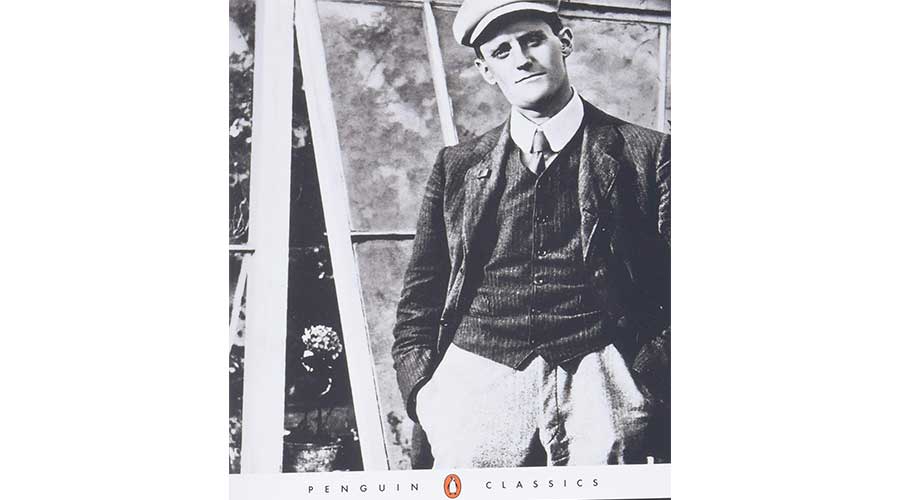
The first novel of Irish writer, James Joyce, the book follows the life of Stephen Dedalus, who many believe was the author's alter ego. It first came out as a series in the literary magazine, The Egoist and was then published by an American publisher B. W. Huebsch.
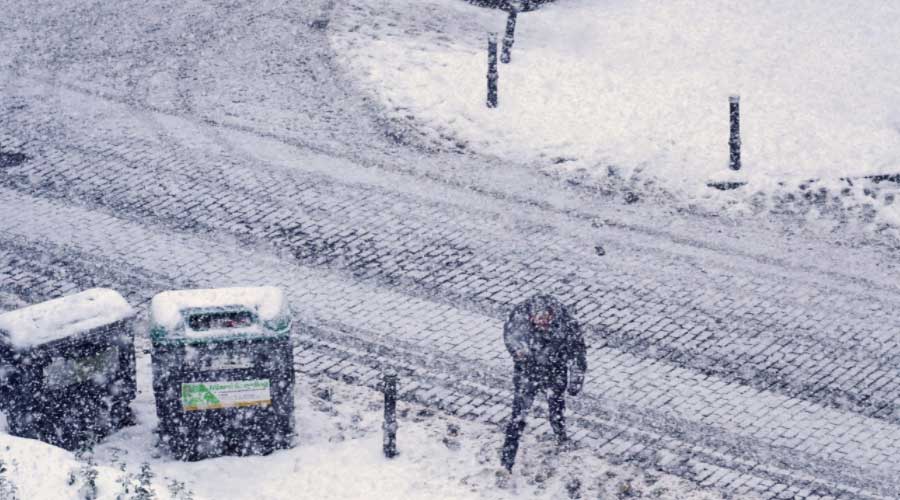
Altnaharra, a small hamlet in northern Scotland, recorded a temperature of -27.2°C. The temperature had dipped this low once before in the UK - in Braemar, East Scotland on January 10, 1982.
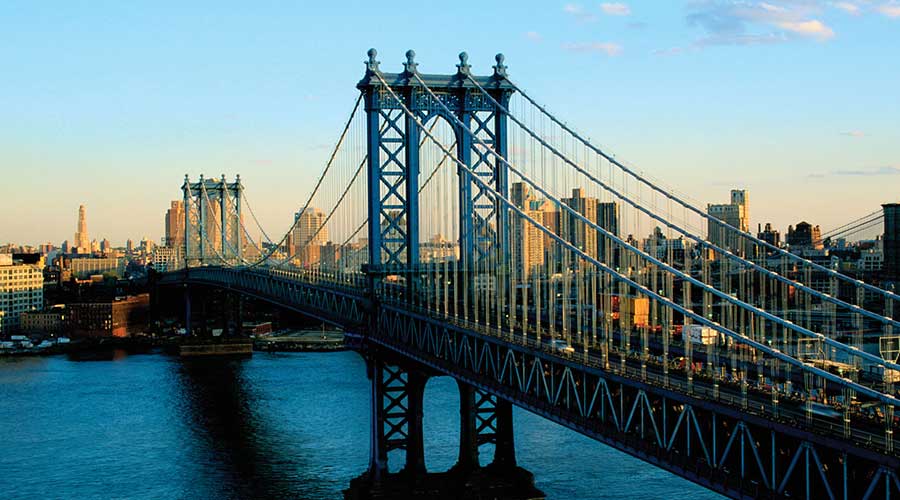
The Manhattan Bridge, one of the first suspension bridges ever constructed, was opened to traffic on this day. The bridge was designed by Leon Moisseiff and crosses the East River in New York City.
COMMENTS